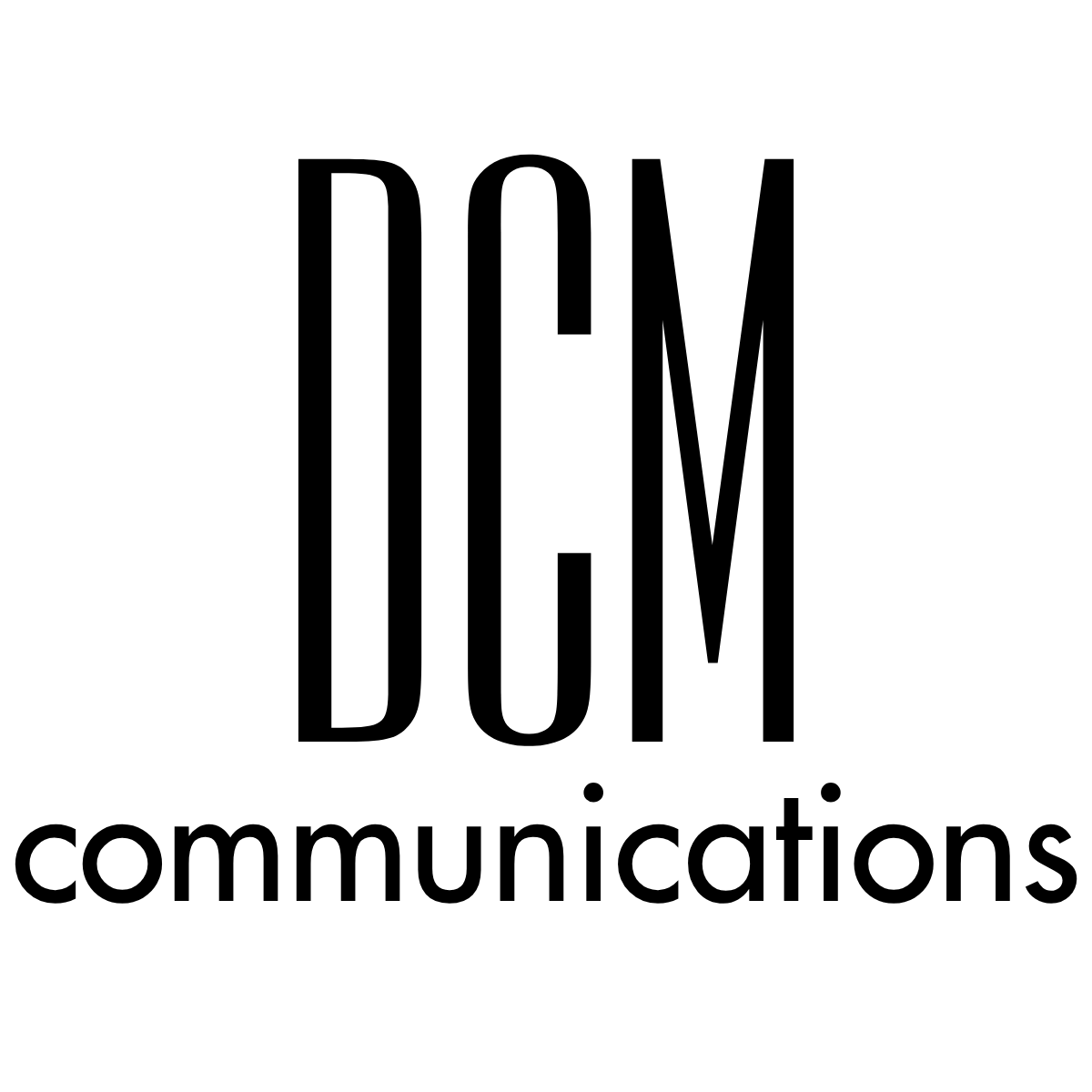The Biggest Sales Mistake You Can Make (And The Simple Fixes to Avoid It)
Some say the biggest sales mistake is forgetting to “ask for the sale.” I disagree. While it’s crucial to ask, or as I prefer to say, “offer the solution,” there’s another misstep that will cost you more in the long run.
Forgetting there is a human on the other end of your communications.
This ties directly back to the importance of providing stellar service.
I’m not advocating going above and beyond at all times or delivering more than what’s outlined in the scope of work (SOW). You have a business to run and value to offer.
Rather I want you to recognize that a person—not just a sale—exists on the other end of the transaction.
So, how do you put this into practice? Let’s break it down.
1. Explain the Process Clearly
Your clients hired you because they’re not the expert—you are. Even so, that does not mean they aren’t interested in how things work or what to expect from executing the SOW.
More importantly, it means they don’t know what you know. The more upfront you are about your process, the fewer questions they’ll have, and the more confident they’ll feel in your ability.
Clients want to feel seen and valued, not like they’re just another number in your pipeline.
When they understand what to expect, they trust you more—and trust leads to long-term relationships and referrals.
2. Talk to Them Like an Adult
Just because they may not be an expert in your field doesn’t mean they are unable to follow a logical explanation. Speak to them with respect, in a way that makes sense without being condescending.
Clear, direct communication goes a long way in building trust and making the experience smoother for both of you.
3. Acknowledge Their Life Outside of This Transaction
Your clients have lives outside of this deal. Take a moment to ask about their day, their work, or their family. Not only does this build rapport, but it also helps you manage expectations.
For example, if a client has mulitple kids, works a full-time job from 8 AM to 6 PM – both! – they’re unlikely to respond to your email about their home project or side endeavor during the middle of the afternoon.
Blowing up their phone at 2 PM isn’t good customer service—it’s annoying.
Understanding their schedule allows you to communicate (via phone or email) more effectively, reducing frustration on both sides AND helps ensure your audience (i.e. the client) is receptive to whatever you are reaching out about.
4. Match Their Preferred Communication Style
If your client prefers texting, but you insist on email (or vice versa), friction and frustration aren’t far behind. While you likely have a preferred method, adapting to your client’s needs can significantly improve the experience.
Example:
I prefer email or a phone call for anything requiring more than a couple of sentences, but I have a West Coast client who spends most of their time in a client-facing role. This means they’re rarely at a computer.
My solution? I send an email with all the details, then follow up with a text:
“Hey, just sent an email—can you check it and get back to me by [deadline]?”
This balances my preference for detailed documentation with their need for quick mobile notifications.
On the flip side, I recently hired a contractor for home repairs. I emailed a list of questions, and they replied with a single answer via text
Instead of addressing my full inquiry in a way that fit my communication style as the client, or even telling me they would address the rest later when at a computer, they forced me into their preferred method, leading to unnecessary back-and-forth.
The result? HUGE time suck, more frustration, and zero chance of a referral from me.👎🏻
5. Check & return voicemails in a timely fashion
If someone leaves a voicemail, they expect a timely response. Ideally, same-day. After all, they called vs. sending an email so their method of outreach indicated they were searching for an immediate answer.
If you can’t fully address their concern at that time, at least acknowledge their message within 24 hours and let them know when they can expect an answer.
For brick-and-mortar businesses, this is even more critical.
Customers assume that if your store is open, someone should be answering the phone.
If you miss a call, returning that voicemail within an hour is key.
The longer you wait, the higher the chance they move on to someone else who will address it in the moment of the need. Waiting multiple hours—or worse, days as has been my experience recently—to return a voicemail signals that you don’t value their business enough to prioritize it, making it unlikely they’ll ever give you a second chance.
The Bottom Line: No One Wants to Feel Like a Transaction
Yes, they’re paying you for a service. But at the end of the day, people want to feel like people, not a dollar sign.
Treat them like humans, respect their time and communication preferences, and they’ll reward you with repeat business and referrals.
Ignore these basics, and you’re leaving money—and relationships—on the table.







